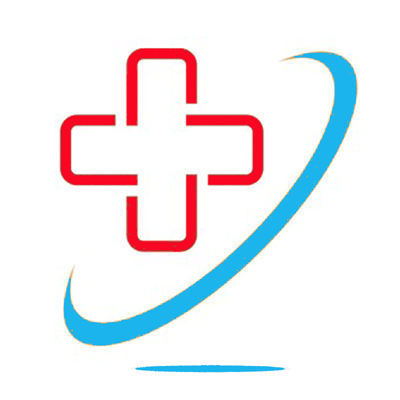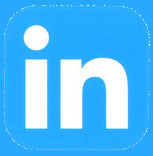The two most costly causes of product failure in the NHS are unwelcome surprises at clinical trial and user resistance to implementation.
We've fundamentally improved the process by using functional prototypes for clinical validation at a much earlier stage; providing a trial period approach to allow users to appraise fundamentals of the system prior to major expenditure.
Our blueprints offer a risk-reduced route for NHS innovation.
SortED Tablet
The initial assessment app for nurses. It's ability to emulate Rapid Assessment and Treatment (RAT) and improvement over current nurse triage has been demonstrated in side by side tests at two London hospitals. Nurses gave very positive reviews on both the approach and usability. Training requirements were minimal thanks to the intuitive GUI.
The SortED Tablet Blueprint Pack
- A fully functioning prototype or beta-product with access to its code
- All clinical content which runs the system (check lists, investigation and treatment lists)
- User GUI designs and workflow structures
- Key interpretative algorithms for observation interpretation and scoring systems
- Evidence from clinical trials with key 'proof of concept'
- Training videos and results of training trials
SortED Control Panel
This component is at an earlier stage of development than SortED Tablet, but the key algorithms have been designed and prototype testing is giving early proof of concept. The most important feature and what discriminates our product from conventional ED dashboards is the ability to predict the state of the department an hour into the future.
The Blueprint for SortED controller is not yet available.
PlacED Smart Disposition System
This component of SortED uses the analysis of the initial patient assessment's observations and findings to work out the ideal disposition of the patient: either within the ED, or in ancillary and ambulatory facilities, which takes pressure off overcrowded EDs.
Placing the patient appropriately is particularly difficult for new triage nurses due to the differences in facility names between different hospitals. Trials in EDs and Urgent Care Centres are underway.
SortED Pipes - Data exchange with other systems
SortED tablet's 1-Click data capture rapidly acquires much more clinically useful information about the patient than conventional triage, Obervations, signs, symptoms and key history are all gathered with single clicks. Using the data the knowledge base provides patient-specific recommendations and test interpretation. SortED Pipes make sure this information and the nurse's decisions get where they need to go. The direct ordering of tests from SortED need links to hospital systems, as do updates to EPRs. Data in from the ED registration system is used to identify waiting patients on SortED, but they can also be enrolled directly on the tablet which has two-way data exchange with ED.
PlacED the smart disposition system located in the tablet makes sure that where appropriate ancillary facilities outside the ED are used (Urgent Care Centres, Ambulatory Care etc). Where the nurse placed the patient needs to be updated live on the ED system.
SortED Control Panel needs arrival and departure information from the ED system, but also uses key data from SortED tablet to work out the probability of each patient being admitted. It uses both data streams to predict the ED status 1 hour from now.

We co-develop SortED with two types of client:
NHS trusts and CICs (Community Interest Companies) with a track record in adapting and using open source Electronic Patient Record (EPR) systems can implement SortED with the help of the SortED team.
Producers of EPR systems can add SortED components as value-added upgrades to existing systems



